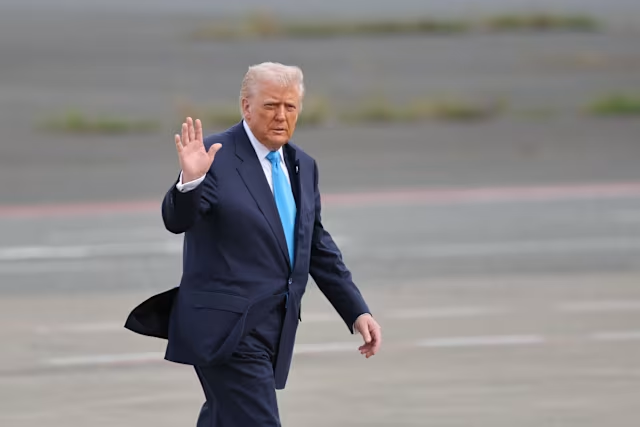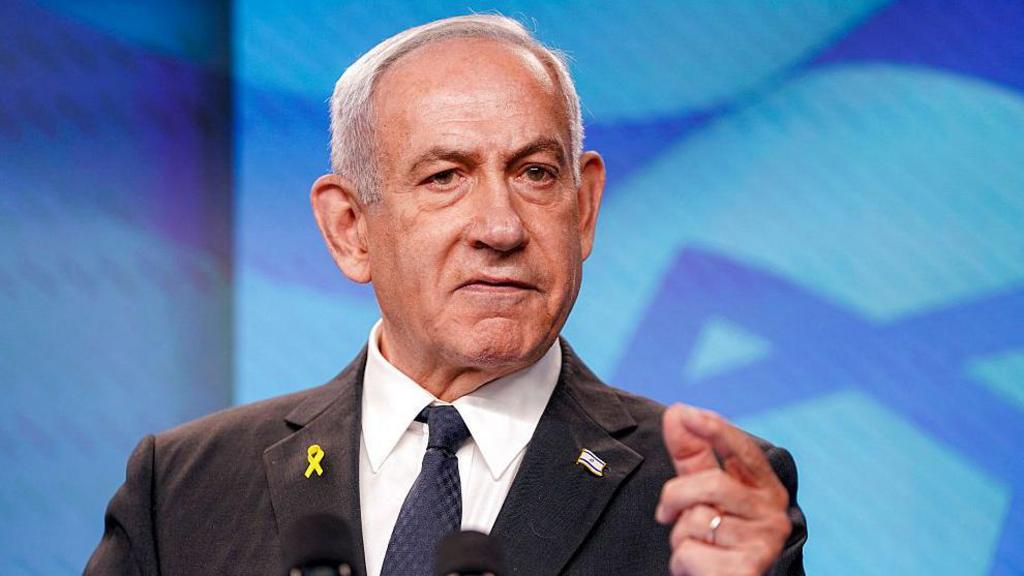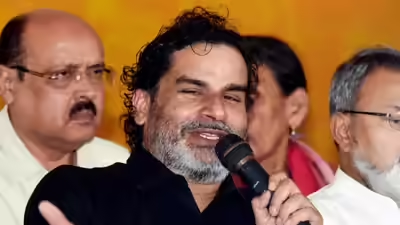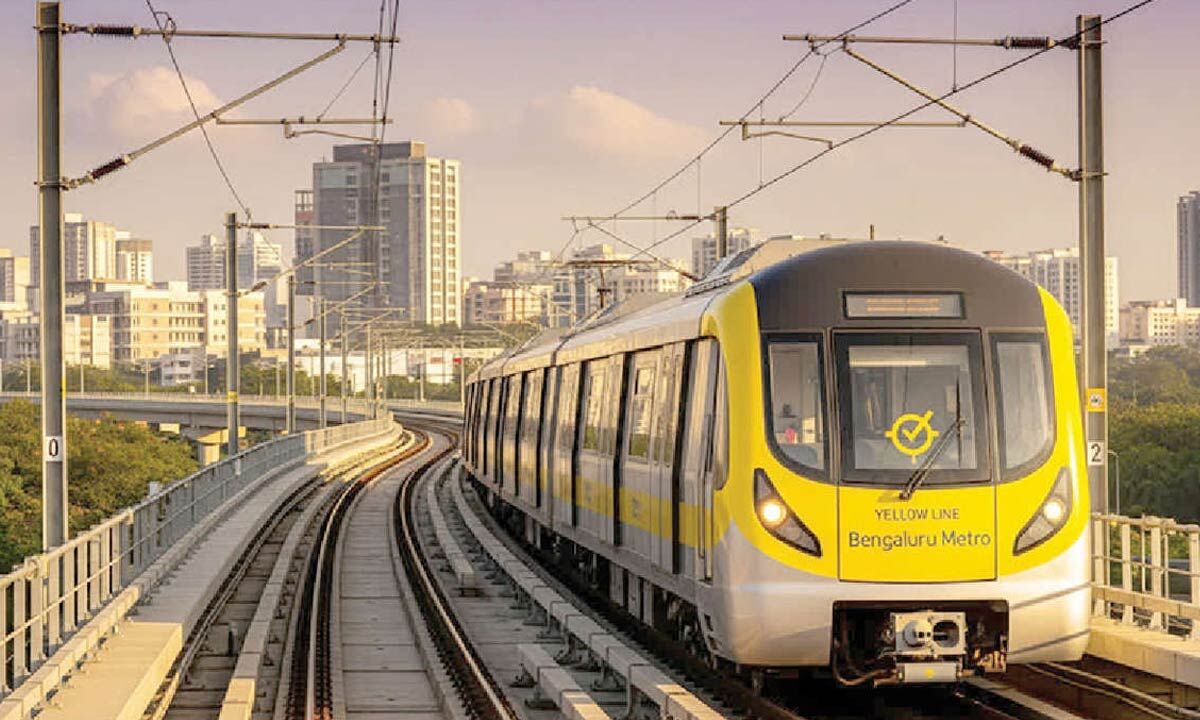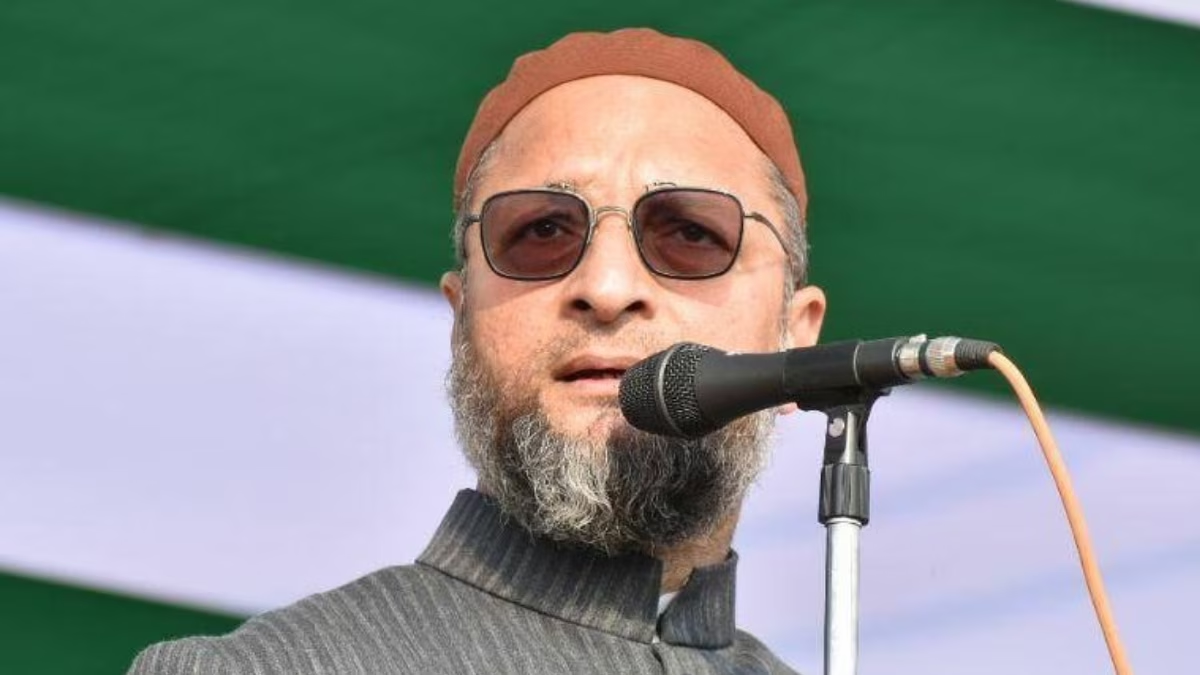Now Reading: Jaishankar to Meet Lavrov in Moscow After Wang Yi’s India Visit: Diplomatic Trialogue Takes Shape
-
01
Jaishankar to Meet Lavrov in Moscow After Wang Yi’s India Visit: Diplomatic Trialogue Takes Shape
Jaishankar to Meet Lavrov in Moscow After Wang Yi’s India Visit: Diplomatic Trialogue Takes Shape
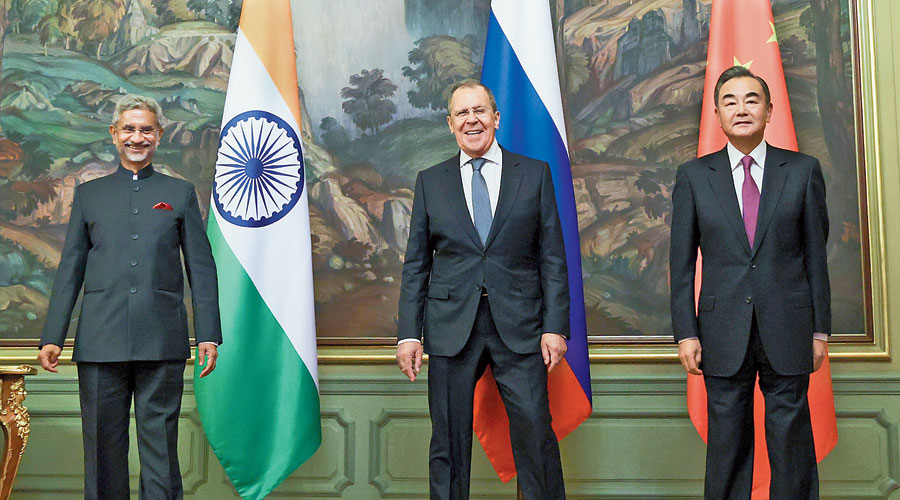
India is set for a high-level diplomatic week with Chinese Foreign Minister Wang Yi visiting Delhi on August 18, followed by External Affairs Minister S Jaishankar heading to Moscow on August 21 for talks with Russia’s Sergey Lavrov. These visits unfold amid a backdrop of US-imposed tariffs and hold significance ahead of the SCO Summit, where leaders from all three nations—India, China, Russia—are expected to interact.
Sequence of Diplomatic Moves
Wang Yi’s arrival is part of the ongoing Special Representatives dialogue on the India-China border. He’ll meet National Security Advisor Ajit Doval, and possibly Jaishankar, to discuss confidence-building measures along the LAC. In quick succession, Jaishankar will travel to Moscow to co-chair the India-Russia Inter-Governmental Commission on Trade, Economic, Scientific, Technological and Cultural Cooperation (IRIGC-TEC).
Geopolitical Context
India’s coordination with China and Russia gains added weight amid fresh US tariffs targeting Indian exports and pressure over Indian oil imports from Russia. By simultaneously engaging with Beijing and Moscow, New Delhi aims to balance its global alliances, reinforce strategic autonomy, and address economic pressures without drifting away from traditional partners.
Focus Areas in Moscow
Besides bilateral talks, Jaishankar and Lavrov will review trade dynamics—especially energy cooperation and currency settlement mechanisms amid Western financial restrictions. They’re expected to finalise arrangements for President Putin’s upcoming visit to India later this year, a move closely watched across global capitals.
Impact for Tier 2 and 3 Cities
Diplomatic outcomes could trickle down to smaller cities like Nagpur, Guwahati, and Coimbatore. Improved trade with Russia may ease costs of fuel and industrial inputs, while progress on China-India border talks could stabilize regional markets. Both governments stress the potential for enhanced cooperation in sectors like pharmaceuticals, agriculture, and technology through expanded IRIGC-TEC initiatives.
Preparing for SCO Summit
These diplomatic exchanges lay the groundwork for PM Modi’s participation in the SCO Summit in Tianjin on August 31–September 1. A potential Modi-Xi meeting is anticipated. Aligning positions on security, trade, and regional cooperation could define India’s role within the multinational bloc.
Balancing Global Relationships
India’s diplomatic strategy highlights a nuanced approach: courting global powers while maintaining sovereignty, and addressing trade fallout without compromising on strategic ties. Officials emphasise that India remains “non-Western” rather than “anti-Western,” signaling the country’s commitment to diversifying partnerships without exclusion.
Conclusion
With back-to-back visits from Wang Yi and S Jaishankar, India is navigating a diplomatic tightrope—managing tensions with the US, strengthening ties with Russia, and seeking calmer ties with China. These meetings, and their results, will echo far beyond New Delhi and Moscow, influencing economic and strategic trajectories across Indian cities, both big and small.








